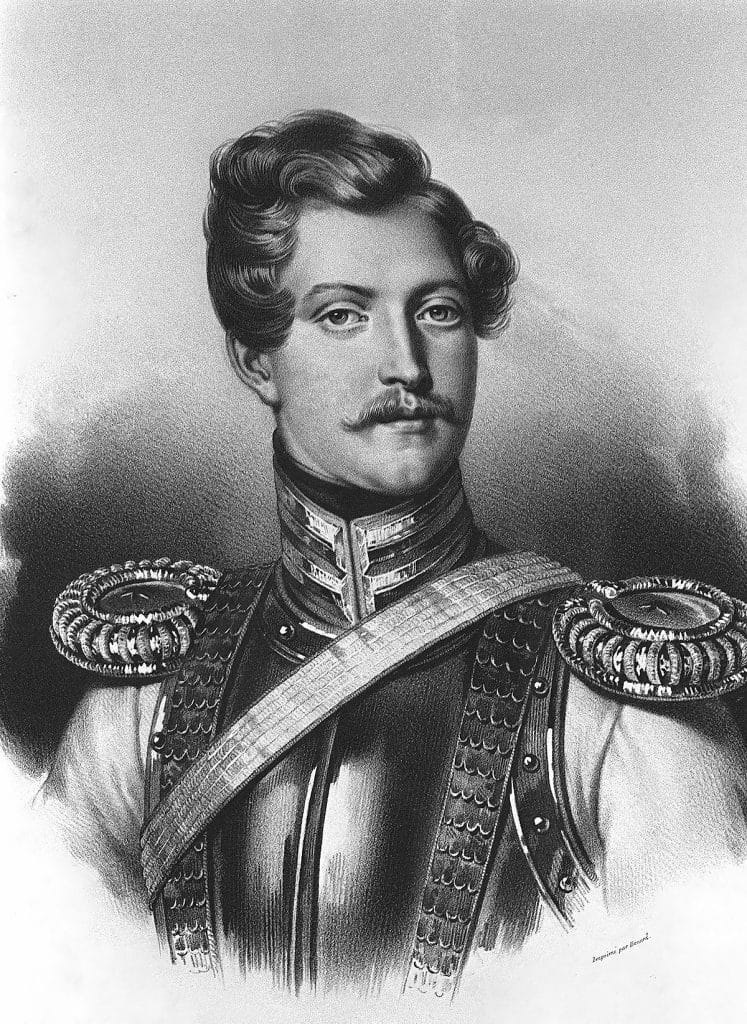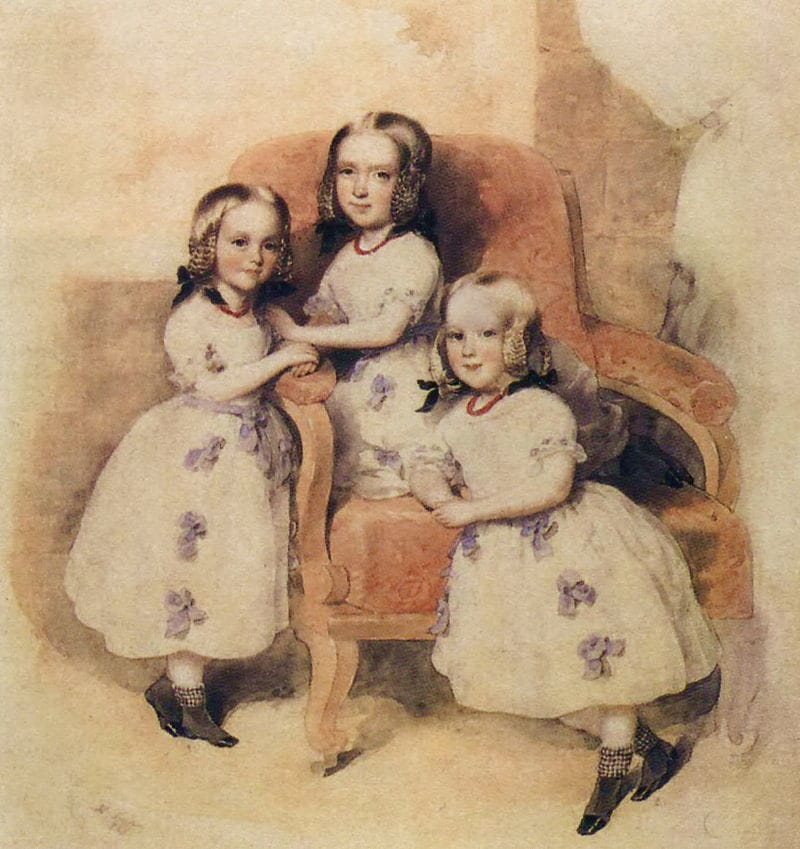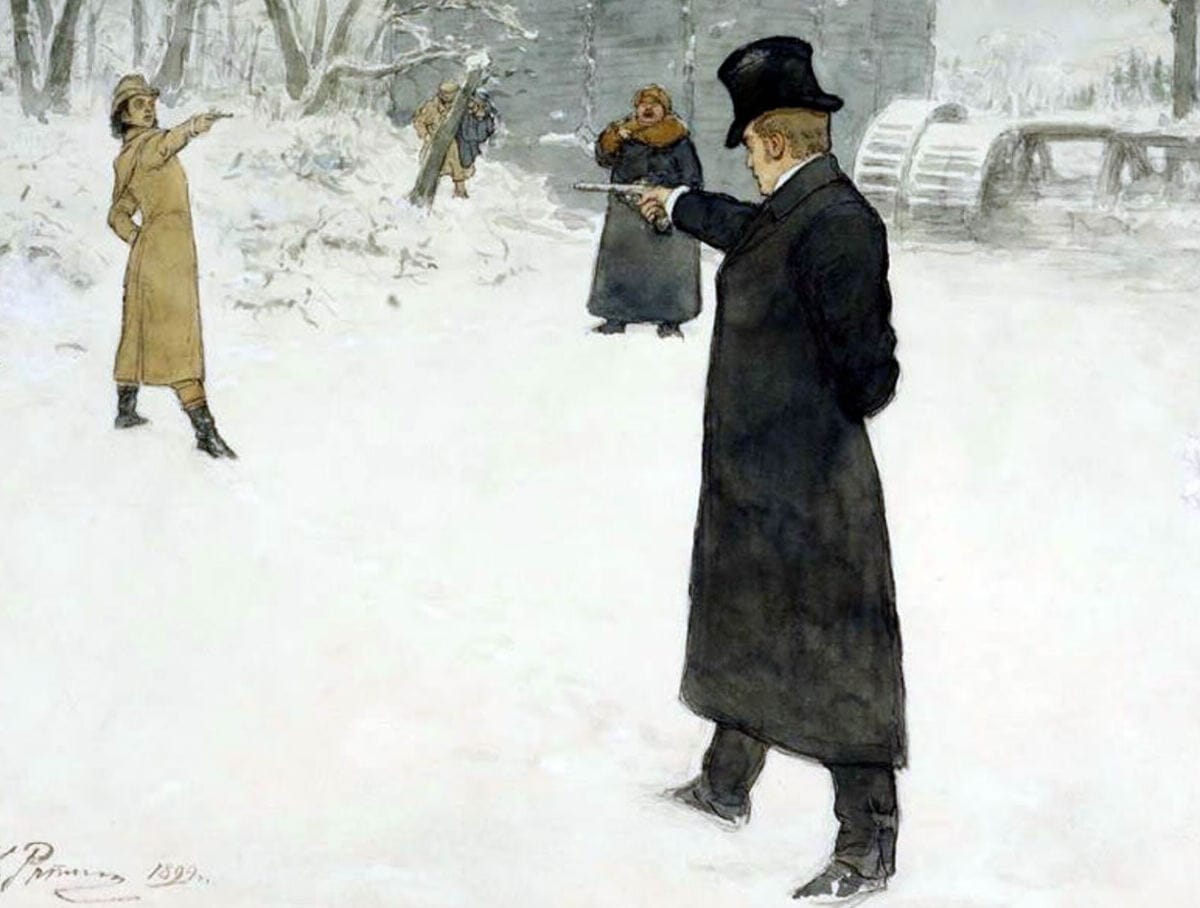There is often a version in the media and blogs according to which, during the duel with Pushkin, his opponent Dantes was protected by some kind of armor - either chain mail or a cuirass. We decided to find out if this is so.
The version about the cuirass or chain mail that saved Dantes from Pushkin’s shot can be found over and over again in the media, especially on the eve of Pushkin’s birthday or death. For example, "Komsomolskaya Pravda"wrote about chain mail made shortly before the duel, and "Russian newspaper"- about the cavalry cuirass. This version is also found in blogs - LiveJournal, "VKontakte" And Facebook.
The duel between Alexander Pushkin and Georges Dantes-Heckern took place at about 5 pm on January 27 (February 8), 1837. Dantes put forward the conditions as the offended party. Pushkin's second, his lyceum friend Lieutenant Colonel Konstantin Danzas, accepted these conditions from Dantes' second. “Pistols are the chosen weapon. The opponents had to shoot at a distance of twenty steps, so that each could take five steps and approach the barrier; no one was given the advantage of the first shot; everyone had to fire one shot whenever he pleased, but in case of a miss on both sides, the matter had to start again under the same conditions,” told later Danzas.
At the signal from the seconds, the competitors headed towards the barriers. Dantes, not having reached one step, shot first, on the move. The bullet hit Pushkin in the stomach, he fell, and the pistol flew off into the snow. He asked Danzas to give him another pistol. Raising himself on his elbow, Pushkin shot at Dantes, who stood in the same place and turned his right side to the enemy. The shot found its target, Dantes fell and said: “I think the bullet hit me in the chest.” "Bravo!" - Pushkin exclaimed.
Two days later, Pushkin died. Dantes was luckier: his injury was not dangerous. On March 11 (23), 1837, the War Ministry opened an investigation into the case of the duel. The defendants were Dantes as a direct participant in the duel and Danzas as Pushkin’s second. Thanks to this case, a document about Dantes’ medical examination remained in history. Headquarters doctor of the horse artillery Stefanovich visited Dantes and introduced conclusion: “He has a bullet piercing wound on his right arm below the elbow joint by four transverse fingers; the entry and exit of the bullet are at a small distance from each other. Both wounds are located in the muscles that flex the fingers, surrounding the radius more to the outside.” In addition, the doctor noted that the patient “in the wounded area also complains of pain in the right upper part of the abdomen, where the ejected bullet caused a concussion, which pain is detected with deep inhalation, although external signs of concussion are not noticeable.”
Pushkin's friends knew a little more than the investigation. IN letter Zhukovsky, the poet’s father Sergei Lvovich, also provides smaller details of Dantes-Gekkern’s wound: “The bullet pierced the fleshy parts of his right arm, with which he covered his chest, and, being thus weakened, hit the button with which the trousers were held on the suspender against the spoon; this button saved Heckern.” Contemporaries knew all possible details about the duel, but this did not stop descendants from doubting the reliability of this information.
The version about Dantes' armor became widespread in the early 1930s. Scientists think, which was started by one of the most famous Pushkinists, Vikenty Veresaev. One evening in a large company there was a conversation about the death of Pushkin. How told the owner of the house, journalist and writer Ivan Rakhillo, the conversation was supported by a certain guest from Arkhangelsk. He said that he had seen somewhere a record of the arrival in Arkhangelsk before the duel of a man from Baron Heckern, Dantes’s adoptive father. And, most suspiciously, this man settled in the gunsmiths' quarter. Veresaev reacted vividly to this news and then came to an unexpected conclusion. The first duel between Pushkin and Dantes was supposed to take place at the end of 1836, but Baron Heckern asked to postpone it for two weeks. During this time, it would have been possible to order chain mail and a cuirass, Veresaev considered.

Then Veresaev received a letter from a Ural engineer who decided to conduct an investigative experiment: he put a frock coat on a mannequin and aimed at a button from eleven steps away. The bullet did not bounce off, but, on the contrary, entered deeply into the mannequin along with the button. Thus, the author argued that no button could save Dantes - therefore, armor saved the life of Pushkin’s opponent. However, the engineer did not take into account the hit in the hand, as well as the amount of gunpowder, which could affect the trajectory and force of the bullet. Subsequently, an article about this experiment was published in 1939 in the magazine “Siberian Lights”. Finally, the version about armor (cuirass, chain mail or metal plates) was finally confirmed by the TASS agency in 1963. An article entitled “Duel or Murder?” appeared in several Soviet newspapers. It was written by forensic doctor V. Safronov. According to his version, during the duel Dantes wore a uniform with buttons in one row located in the middle, and the bullet could not have ricocheted in the way Zhukovsky described. The expert concluded that Dantes had some kind of protective device under his shirt. Later Safronova, as tells literary critic Boris Meilakh, was invited to speak at the conference, where both forensic experts and Pushkin scholars were invited. But, Meilakh writes, the participants did not hear a scientific substantiation of the version of the armor, only discussions about the baseness of Dantes.
Another notable work is a series of articles by Pushkin scholar Mikhail Yashin, dedicated to the chronicle of the latest events before the duel. In particular, he suggests that Dantes’ armor is nothing more than a cavalry guard cuirass, which Dantes was already entitled to wear as a uniform. Yashin describes in detail the tests of a new type of cuirass, passing in 1836. But to his research Pushkinists were skeptical due to many factual errors in other works.
So, there were several versions of the “protective device”. The cuirass, if it corresponded to the established model, can be immediately discarded: the convex upper part of the cuirass would in no way allow such protection to be worn under a uniform or frock coat.

The story of the man sent to Arkhangelsk for armor was also not confirmed. Boris Meilakh tried find at least something in the archives, but to no avail. Writer Igor Strezhnev later said that Veresaev was simply played. In his book “To the Cold Northern Waves” Strezhnev revealed the identity of the “guest from Arkhangelsk” who gave Veresaev the version about the ordered armor. It turned out to be the poet Vladimir Zhilkin. According to Strezhnev, “everything he said on the memorable evening for V. Veresaev and I. Rakhillo was nothing more than a dark joke, a hoax, which resulted in Zhilkin’s characteristic rejection of all idle inventions.”
Supporters of the armor version (including Veresaev) also pointed out that before the duel the seconds did not inspect the opponents’ clothes. There was no written code regulating the conditions of fights at that time; they were determined by the seconds (as in the case of Pushkin). In 1912 appeared "Dueling Code" Vasily Durasov. It actually states that the seconds must examine the participants in the duel, whether it is a duel with swords or with pistols. But in the 19th century everything was decided on the spot by seconds. Pushkinist Yanina Levkovich already in the 1990s analyzed in detail all versions of the “armor” and came to the conclusion that they were most likely untenable. Pushkin was an excellent shooter; there was almost no chance that he would miss. And Dantes would hardly risk his reputation, even posthumously. The first examination by a doctor at the scene of a duel would reveal a cuirass, chain mail or any type of armor.
On popular sites and in social networks There is another widespread version: supposedly Dantes’s daughter, Leonia-Charlotte, was the first to guess about the cuirass. This hypothesis appeared in "Rossiyskaya newspaper"in 2003. The logic of the author of the article, MAI professor Valery Burdakov, is as follows: Leonia adored Pushkin - she studied at the Polytechnic Institute and had a mathematical mind - she accused her father of murder - he sent her to an insane asylum. The article concludes that Dantes’ daughter could not help but understand why her father escaped with injury. But the records were not preserved because Dantes allegedly destroyed them. But the only source of information is interview her brother (that is, Dantes’ son) to the newspaper “New Time” in 1899. He talked about how his sister loved Russian culture and Pushkin, as well as about her mental illness. There is only oral evidence about the quarrel with his father and their retelling Pushkinists. A statementthat Dantes sent his daughter to an insane asylum for this is just speculation.

There is too little initial data for any conclusions in favor of the “armor” version. It is unknown what kind of clothes Dantes was wearing and what button the bullet hit. The examination of the wounded Dantes seems too cursory, and the word “concussion” is too vague. Therefore, no direct or even indirect convincing evidence of Dantes’s special protection has been found to date.
Cover and inside images: Wikipedia
Most likely not true
Read on topic:
- Ya. L. Levkovich. Dantes' chain mail // Legends and myths about Pushkin.
- A. I. Gessen. Moika Embankment, 12.
- I. Obodovskaya, M. Dementyev. After the death of Pushkin.
If you find a spelling or grammatical error, please let us know by highlighting the error text and clicking Ctrl+Enter.






